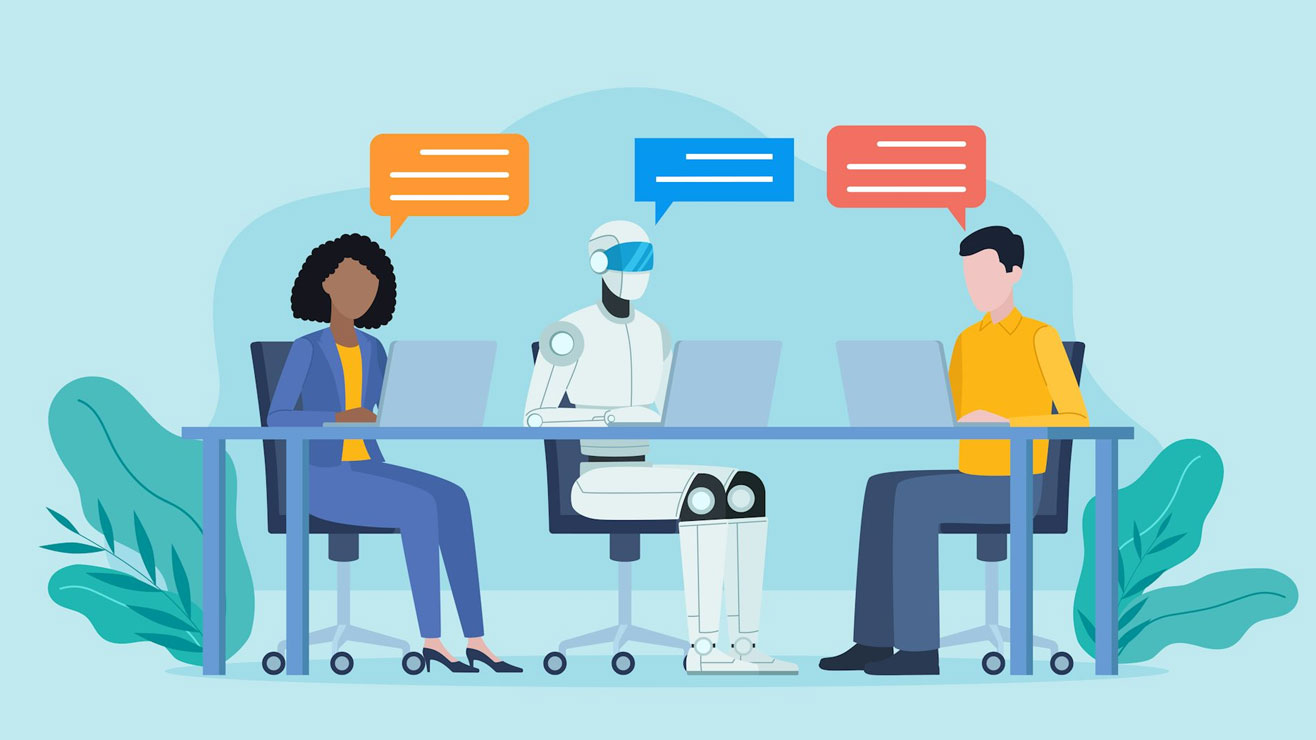Gov. Jon Corzine is No Role Model

COMMENTARY New Jersey Governor Jon Corzine was critically injured in an April 12, 2007, car accident in which he was not wearing a seat belt. Upon his release from the hospital, the governor apologized for being a poor role model, especially for young people. "I certainly hope the state will forgive me. And I'll work very hard to set the right kind of example," he said. While Corzine certainly did set a bad example (governors must obey seat belt laws like the rest of us), he may have overestimated his influence on America's youth. It seems unlikely that governor Corzine's seat belt use (or lack thereof) will prompt the average teen to think, as he or she gets into a car, "I don't think I'll wear a seat belt. New Jersey Governor Jon Corzine is a hero of mine; he doesn't wear one, so why should I?" State governors likely rank very low (if they rank at all) on the list of professions that young people consider as role models. After all, the current president of the United States has admitted to alcoholism and drunk driving, and conspicuously avoided answering questions about cocaine use during his twenties. Many people are claimed (or assumed) to be role models, ranging from politicians to entertainers and athletes. Yet most in fact have very limited influence. For example, one of the most commonly-cited role models for young women (in the press anyway) is pop princess Britney Spears. In February, when a fresh-from-rehab Spears famously shed her hair, America did not see tens of thousands of young women following their supposed role model into hair salons to lose their locks. Nor did she spawn a wave of teen pregnancies when she became pregnant in 2005. When fashion models Naomi Campbell and Kate Moss admitted to drug use, there was no resulting surge in drug use among the millions of teens who supposedly idolize them. Sure, pop stars, models, and entertainers help set fashion trends and tell teens what to buy, but the simple fact is that they have very little influence as role models over young people's behavior. While parents and pundits fret about bad influences over their children, the reality is that youth don't look to Miss America or Britney Spears any more than they look to New Jersey governors for their role models. Parents are—and always have been—the real role models for young people. Benjamin Radford wrote about the news media and pop culture in "Media Mythmakers: How Journalists, Activists, and Advertisers Mislead Us" (2003). This and other books are noted on his website.
- Voice of Reason: Kate Moss is No Role model
- College Students Know More About Politics Than American Idol
- Does Alchohol Kill Brain Cells?
Get the world’s most fascinating discoveries delivered straight to your inbox.



